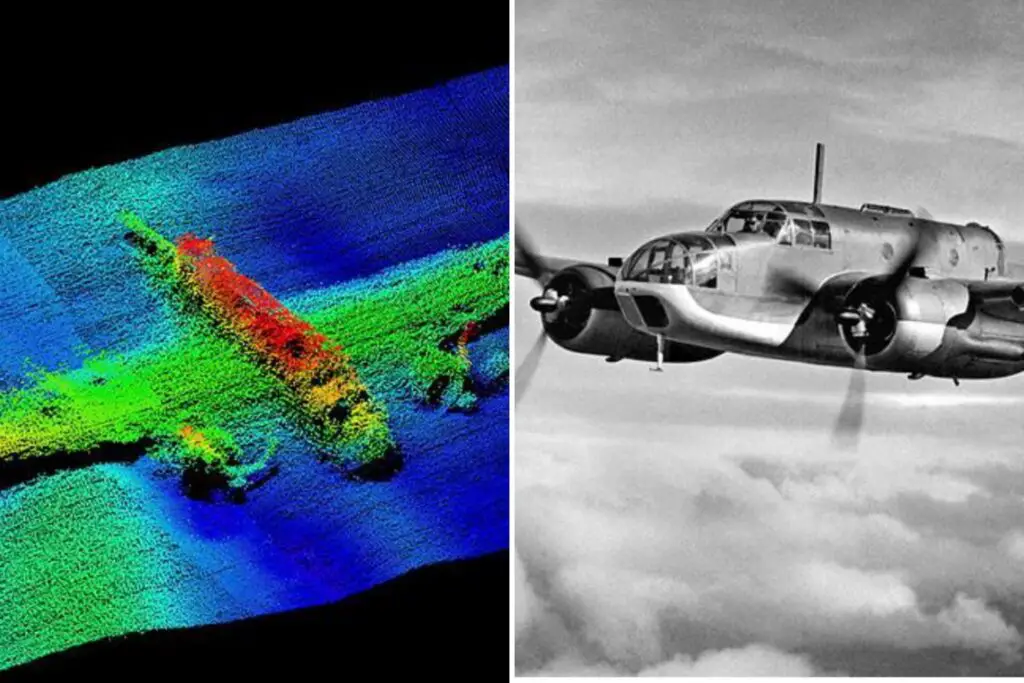The Australian Hydrographic Office has made a historical discovery during a routine hydrographic survey off the coast of Darwin, in the Northern Territory.
The Office, which operates under the Australian Defence Force (ADF), uncovered an intact World War 2 Beaufort Bomber aircraft as part of the HydroScheme Industry Partnership Program (HIPP).
HIPP is a commercial acquisition program that undertakes focused hydrographic survey activities to contribute to national charting priorities. It aims to undertake an efficient, effective and sustainable hydrographic survey of Australia, involving oceanographic and marine geophysical data collection.
According to the ADF, the aircraft was lost during a mission in 1944. Based on the crash report, location and condition of the aircraft, it was discovered to be the Beaufort A9-497 belonging to Royal Australian Air Force’s (RAAF) 1 Squadron.
The aircraft operated out of Gould Airfield, about 100 kilometers south of Darwin. The Beaufort A9-497 conducted a range of tasks from offensive operations over Japanese-held territory in Timor-Leste, to convoy protection across the north of Australia.
On November 26, 1944, engine failure forced the aircraft to perform an emergency water landing. All four crew members survived and were rescued the following day.
The cockpit’s throttles, gauges and cables were still intact, along with the two engines and propellers. The gun turret with the machine gun was still in place and pointing to port.
The ADF has declared that the Beaufort A9-497 is to remain underwater undisturbed for now, managed by the Northern Territory Government.
“We knew of a few shipwrecks in the area, but as the sonar image began appearing on the screen it was clear we had found an intact aircraft,” Chief Surveyor Charles Collins, who led the survey, said in a statement.
“From the data, you could clearly make out everything on it and you just wondered what had happened to this aircraft. It was thrilling to discover and be a part of,” Collins added.
Hydrographic surveys add to the collective understanding of the marine environment, from discovering a historic wreck to identifying a deeper channel for safer sailing.




